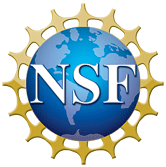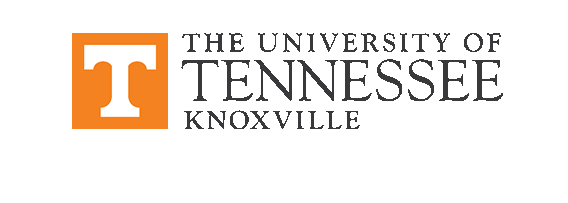| Description | Participants | Agenda | Summary | Talks | Products |
|---|
Presentations for NIMBioS Investigative Workshop:
Mathematical Models of Metabolism and Body Weight Regulation, July 12-15, 2011
Tuesday July 12
Introduction to NIMBioS (Lou Gross)
Introduction of participants
Mathematical body weight regulation models from bench to bedside: Navigating translational research (Diana M. Thomas)
Modeling Human Weight Change
History of Human Weight Change Models (Steven B. Heymsfield)
Setpoint, body composition, metabolic adaptation, and weight loss dynamics (Frank Kozusko)
Open problems in obesity modelling (Carson Chow)
Modeling Energy Expenditure
Modeling Human Energy Expenditure (Kevin D. Hall)
Energy expenditure in response to changes in energy intake and physical activity (Klaas Westerterp)
Energy Expenditure following weight loss. Is it abnormally low? (Gary Hunter)
Open group discussion
Wednesday July 13
Measuring and Monitoring Adherence
Measuring adherence by clinical methods (Sai Das)
TBA (Corby Martin)
Modeling weight change in pregnancy and children
Mathematical modelling of weight gain and weight loss in children (Nancy Butte)
A model for gestational weight gain (Diana Thomas)
Poster Session
- The Mathematical effects of reduced physical activity. S. Cupidon, K. Manderano, Y Begum, Z. Khan, A. Abed, L. Abdallah, Y. Maeda, A. Criscitello, J. Godoy. Montclair State Univ.
- Hyper-sedentary behavior, energy balance, adipogenic nutrient partitioning and the etiology of obesity. E. Archer, M. Beets, G.A. Hand. Arnold School of Public Health, Dept. of Exercise Science, Univ. of South Carolina, Columbia.
- Mathematical modelling of immune system development: Connections to body mass growth and metabolic rate. S. Rudnev and A. Romanyukha, Inst. of Numerical Mathematics (INMRAS), Moscow, Russia; A. Yashin, Duke Univ, Durham, NC.
- Mammalian hibernation: Molecular and physiological modelling, seasonal transcriptome sequencing, and lipidomic analysis. M. Hampton, Univ. of Minnesota, Duluth.
Energy density of body tissue (Dale Schoeller)
Adipose tissue growth and development (Vipul Periwal)
An Approach To Modeling Tracer Experiments In Metabolic Non-Steady States (Robert Phair)
Discussion groups
Breakout Session 1: Parameter Estimation (Chair: Dale Schoeller)
Description: In this breakout session, discussion will focus on how different parameters are
measured and how experiments may be designed to improve their estimation. Some of the
parameters of focus are, baseline total energy expenditures, energy density of fat free mass,
baseline body composition, baseline resting metabolic rate, percent metabolic adaptation, cost of
energy deposition, and the parameter relating the change in spontaneous physical activity to total
energy expenditures during weight change.
Breakout Session 2: Variance and modelling (Chair: Kevin Hall)
Description: Variance in day to day measured weight, total energy expenditures, body
composition, resting metabolic rates can affect modelling and predictions. In this breakout
session, variance in weight over long periods of time will be shown and how this variance
impacts modelling and clinical application of model predictions will be discussed.
Breakout Session 3: Objective Measures of Physical Activity (Chair: Nancy Butte)
Description: There has been an explosion of portable devices to monitor free-living day to day
physical activity. Data collected from the devices are applied to objectively determine physical
activity. In this breakout session, examples of the devices and the resulting data will be shown
and discussion of how to mine and apply the data for use within models will follow.
Discussion group reports to full workshop
Thursday July 14
Population/Epidemiological Modeling
Adding expandability limits of the various fat compartments and its metabolic consequences to models predicting body weight gain. (Thorkild Sørensen)
TBA (Gary Sacks)
Physical activity energy expenditure has not declined since the 1980s and matches energy expenditure of wild mammals (Klaas Westerterp)
Open discussion
Modeling weight change and disease
Game theoretic approach to cancer metabolism (Irina Kareva)
Modeling cancer-associated weight loss. (Kevin Hall)
Discussion groups
Summary of Breakout Sessions-Discuss Future Directions with all participants
Friday July 15
Open discussion
Wrap up and future directions
(Diana Thomas)
Free time for collaboration
NIMBioS
1122 Volunteer Blvd., Suite 106
University of Tennessee
Knoxville,
TN 37996-3410
PH: (865) 974-9334
FAX: (865) 974-9461
Contact NIMBioS


